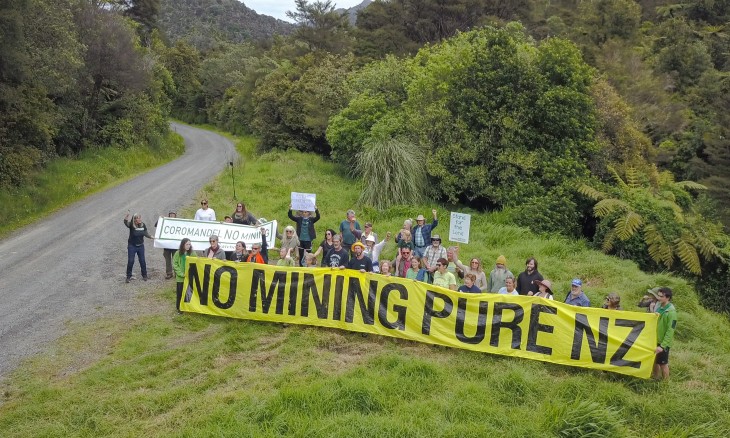Pearl Creek (off Cotterell Road, Appleby, access from the Great Taste Trail cycle path) is a spring-fed stream that flows into the Waimeha/Waimea Inlet. It was part of the extensive Waimea delta system, now fragmented by different land uses including farming. The Creek is two kilometres from its spring to the Waimeha/Waimea Inlet and is habitat for birds, fish and invertebrates.
In 1842 John Cotterell and fellow surveyor H W Burt established a regular boat service from Nelson to what became known as Cotterell’s Landing sited about 150 metres north of the Pearl Creek Information Board. From 1866-1874 a boat named Pearl maintained a passenger and goods service between Waimea and Nelson hence the name Pearl Creek.
Restoration began in the 1980s when an area of Esplanade Reserve was set aside during a hearing for subdivision. Neighbouring landowners agreed to place protective covenants over nearby stream banks and various groups became involved in restoration planting. The Waimea County Council took on the management and in 1989 they were superseded by the Tasman District Council. The Tasman Environmental Trust (TET), formed in 1980 to administer the Cobb Mitigation Fund, adopted Pearl Creek and the adjacent stopbank as a flagship project in 2000.
Initial planting included some exotics which later became problem trees but which have now been removed. Care of the area was spasmodic with blackberry becoming a problem. Forest and Bird responded to a request for someone to take responsibility for the area and, since 2016, we have continued the work, ensuring general maintenance continues. Thanks are due to Jo Kay who led the group initially, and to Malcolm Hugman who has made a huge difference to the appearance of the area by removing all remaining exotics allowing for prolific regeneration.
TET usually has a representative helping on Saturday mornings and they have been extending the areas for planting. Their website has a page on the project: https://www.tet.org.nz/projects/pearl-creek/.
Exotic seeds such as blackberry are regularly dropped by birds and must be removed promptly so they do not become a problem.







